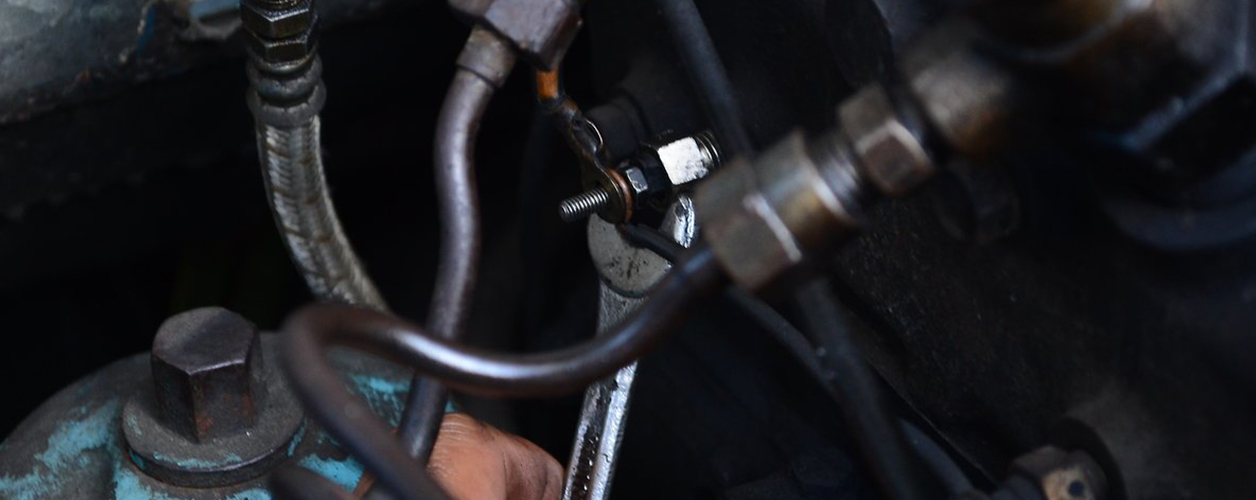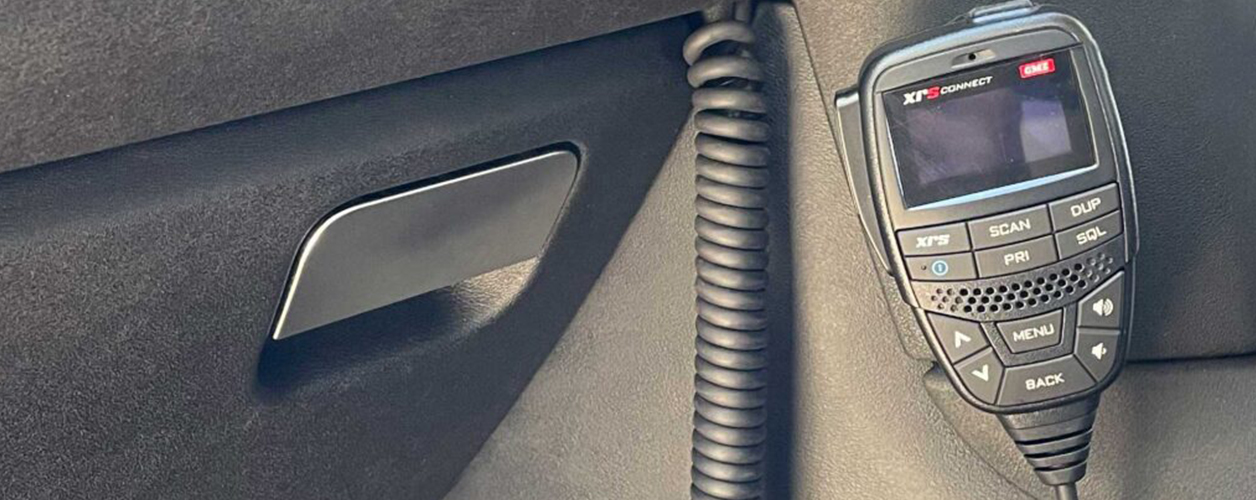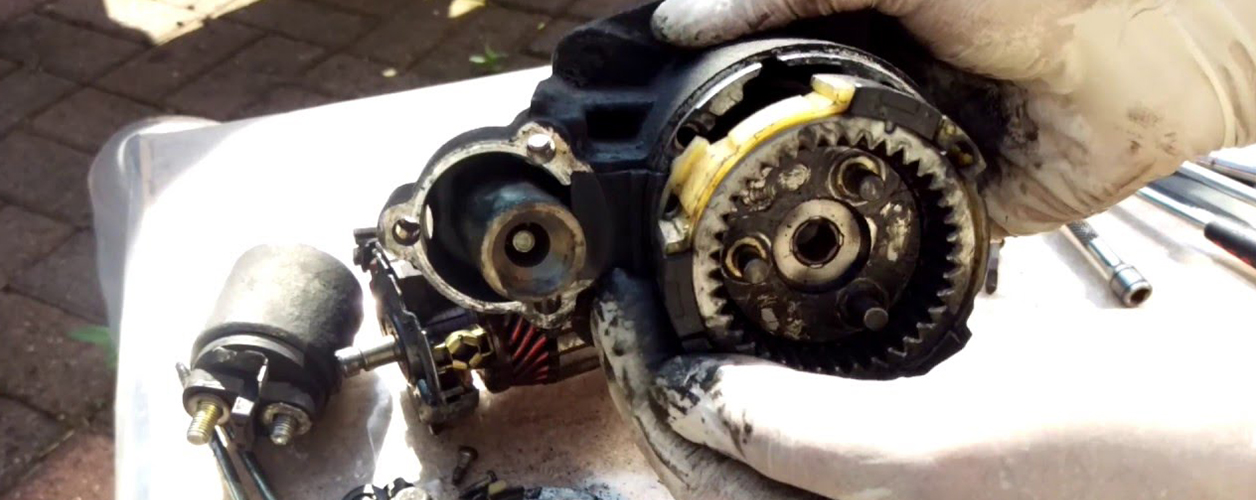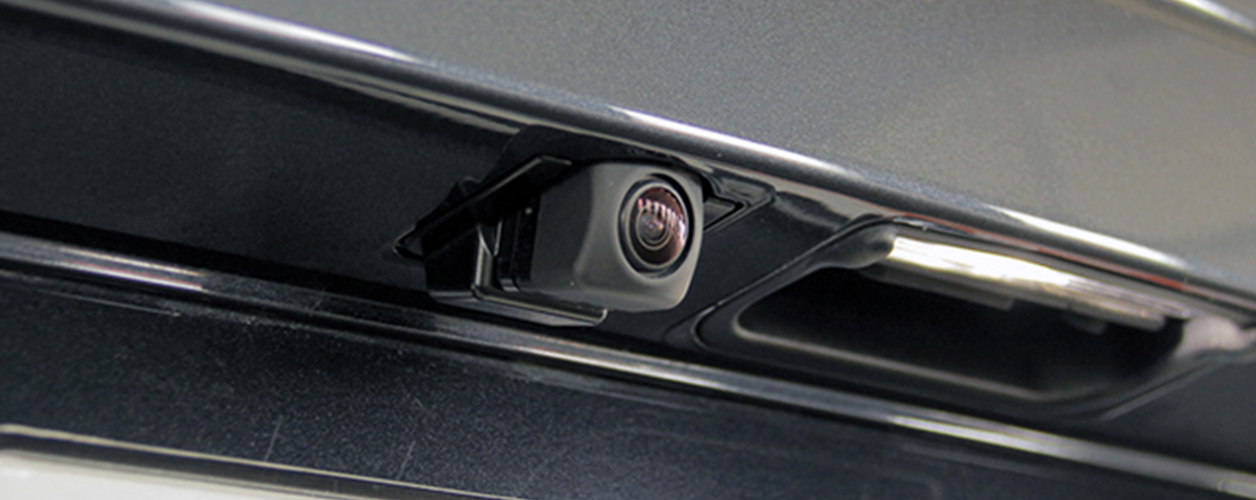Glow plugs play a crucial role in diesel engines, especially during cold weather. Understanding what they are, how they function, and when and how to replace them is essential for vehicle owners. In this guide, we will delve into the what, why, and how of glow plug replacement, shedding light on their significance and the steps involved in changing them.
What Are Glow Plugs?
Glow plugs are essential components in diesel engines designed to facilitate smoother starts in colder temperatures. Unlike spark plugs in gasoline engines, glow plugs have a heated element that glows when electrified. This element's purpose is to ignite the fuel in a cold engine, ensuring a quicker and more efficient start.
Why Do Vehicles Need Glow Plugs?
In diesel engines, which operate on high compression rather than spark plugs, glow plugs aid in the ignition process. They help heat the air in the cylinders, compensating for the lack of spark plugs. When the engine is cold, the compressed hot air tends to dissipate, and glow plugs prevent this loss, enabling a more effective combustion process.
How Do Glow Plugs Work?
While some diesel engines do not require glow plugs, many utilise in-cylinder or in-manifold glow plugs. In-cylinder plugs pre-heat for a few seconds before the engine starts, ensuring optimal conditions for combustion. In-manifold plugs, also known as Thermostat plugs, offer more control to the driver, activating separately from the ignition switch.
How Many Glow Plugs Are In A Diesel Engine?
The number of glow plugs in a diesel engine varies based on the type. In-cylinder plugs have one plug per cylinder, while in-manifold plugs may have only one serving of all cylinders. The quantity aligns with the number of engine cylinders, emphasising the importance of understanding your engine's design.
How Long Do Glow Plugs Last?
Glow plugs typically last up to 100,000 miles but may wear out sooner in harsh conditions. Signs of failing glow plugs include misfiring, rough idle, decreased fuel economy, and difficulty starting. The most common symptom is hard starting, often accompanied by smoke. Regular replacement ensures optimal engine performance.
How To Test Glow Plugs?
Testing glow plugs require a multimeter set to read in Ohms. Disconnect the glow plug wires, touch the multimeter leads to the battery, and measure resistance at the glow plug terminal. Proper resistance falls between 0.1 and 6 Ohms. Deviations from this range indicate potential issues, signalling the need for replacement.
How To Change A Glow Plug?
Changing glow plugs is a relatively straightforward process. Disconnect the battery cable, locate and remove the valve cover, disconnect the glow plug wires, remove the old glow plugs, insert the new ones, and reconnect the cables. Ensuring proper installation is crucial for maintaining a well-functioning engine.
How Hot Do Glow Plugs Get?
Glow plugs reach extremely high temperatures, with modern ceramic plugs operating at around 1,832 degrees Fahrenheit in under two seconds. Their ability to maintain this temperature regardless of external conditions highlights their efficiency in aiding diesel engine starts.
Glow Plugs in Diesel Cars
Primarily used in diesel engines, glow plugs are crucial for igniting diesel fuel effectively, especially in cold weather. Unlike spark plugs in petrol engines, glow plugs serve as heating tools installed in the combustion chamber. Regular maintenance ensures their functionality during colder conditions.
How to Remove and Replace Glow Plugs?
To replace glow plugs, open the bonnet, locate the cylinders, use a socket wrench to remove old glow plugs, carefully insert new ones, tighten using the wrench, reconnect wires, and start the engine to ensure smooth operation. Regular checks and replacements are essential for diesel engine longevity.
Which Tools Are Needed To Change Glow Plugs?
A manual torque wrench, pliers, screwdriver, glow plug reamer, and replacement glow plugs are necessary tools for changing glow plugs. Regular checks and timely replacements using these tools contribute to maintaining a healthy engine.
6 Steps to Replace Your Glow Plugs
Follow these steps to replace glow plugs:
- Disconnect the battery cable
- Remove the valve cover
- Disconnect glow plug wires
- Remove old glow plugs using a socket and ratchet
- Insert new glow plugs
- Reconnect the cables
Following proper procedures ensures a successful glow plug replacement. When changing glow plugs, use a manual torque wrench/socket, service them when the engine is cold for safety, and replace all glow plugs simultaneously to ensure consistent performance. These tips contribute to a smooth and effective glow plug replacement process.
Conclusion
Understanding the significance of glow plugs in diesel engines and knowing when and how to replace them is crucial for maintaining optimal vehicle performance. Regular checks, timely replacements, and adherence to proper procedures ensure that your diesel engine starts smoothly, especially in colder conditions. If you're not confident doing it yourself, consider looking for mechanical repairs near me to have the glow plugs replaced by a trusted professional. Stay informed and keep your engine running efficiently with proper glow plug maintenance.








